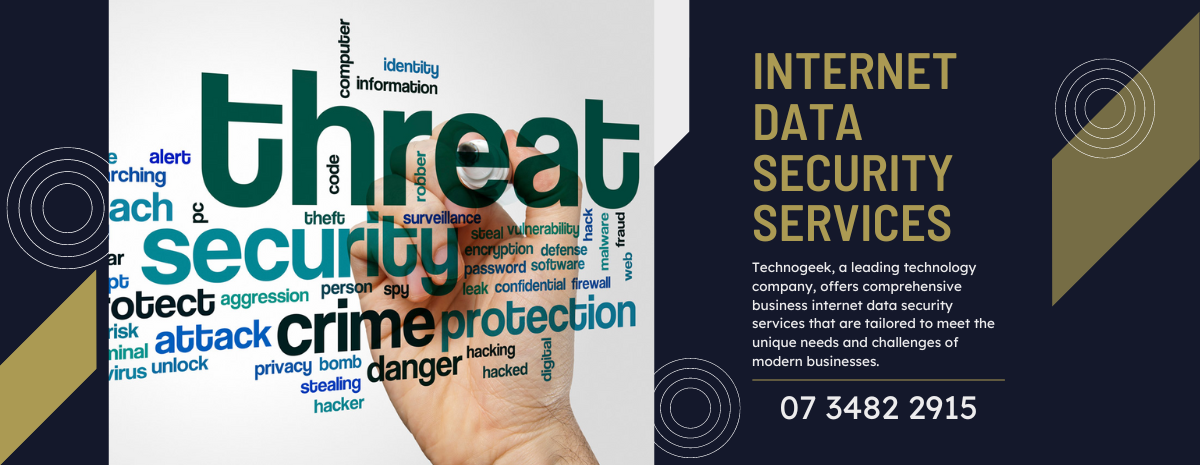
8 Common online threats your business must be aware of to protect your data.
In today's digital era, the protection of sensitive business data is of paramount importance to every organisation.
Most businesses use the internet at some point to buy, sell or communicate about our services or functions.With a team of highly skilled cybersecurity experts, Technogeek provides cutting-edge solutions to safeguard your company's valuable information from potential threats and unauthorised access. our services include robust firewall protection, intrusion detection systems, data encryption, secure remote access, and regular vulnerability assessments.
Setting your business up to securely manage activities online can make a significant difference in reducing the likelihood of common cyber threats impacting your money, data and reputation.
Your business is at threat from cyber attacks more than it ever has been. The rate of attacks continues to grow along with the different methods of attack. The first step of protecting your business is to understand the threats with our data security services.
We have put together the 8 most common online threats your business is likely to face and some information on what they are and how they work.
↻ Malware:
Malware is an abbreviated form of “malicious software.” This is a type of unwanted software that is installed without your consent. Malware is specifically designed to gain access to or damage a computer. There are various types of malware that include adware, ransomware, spyware, viruses, worms and Trojan horses.
Various factors can make computers more vulnerable to malware attacks, including defects in the operating system (OS) design, all of the computers on a network running the same OS, giving users too many permissions, or just because a computer runs on a particular operating system, such as Windows, for example.
↻ Cybercriminals:
Criminals, such as black hat hackers, who use malevolent programs on a computer and the internet to commit illegal activity. This can be breaking into computers and stealing personal or corporate data or disrupting operations. Cybercriminals will use a host of tactics and methods to gain access.
Laws related to cybercrime continue to evolve across various countries worldwide. Law enforcement agencies are also continually challenged when it comes to finding, arresting, charging, and proving cybercrimes.
↻ Trojan Horse:
A Trojan horse is a destructive commuter program that pretends to be a benign file or application (such as .webp or .doc) it then opens a backdoor or access to your pc without your knowledge.
Once activated, Trojans can enable cyber-criminals to spy on you, steal your sensitive data, and gain backdoor access to your system.
These actions can include:
Deleting data
Blocking data
Modifying data
Copying data
Disrupting the performance of computers or computer networks
↻ Botnet:
A botnet is a large network of compromised computers. A bot is a malicious software that enables cybercriminals to control your computer without your knowledge and use it to execute illegal activities such as send out spam emails, spread viruses etc.
What you need to be careful of are the illegal and malicious botnets. What happens is that botnets gain access to your machine through some piece of malicious coding. In some cases, your machine is directly hacked, while other times what is known as a “spider” (a program that crawls the Internet looking for holes in security to exploit) does the hacking automatically.
↻ Virus:
Harmful computer programs that are designed to spread from one computer to another and interfere with computer operations. A virus can corrupt or delete data on your computer and damage your hard drive.
A computer virus, much like a flu virus, is designed to spread from host to host and can replicate itself. Similarly, in the same way, that flu viruses cannot reproduce without a host cell, computer viruses cannot reproduce and spread without programming such as a file or document.
↻ Worm:
This self-replicating malicious computer program uses a computer network to send copies of itself to other computers on the same network. Unlike a virus, it doesn't need to attach itself to an existing program. Worms almost always cause some damage to a network.
A computer worm infection spreads without user interaction. All that is necessary is for the computer worm to become active on an infected system. Before the widespread use of networks, computer worms were spread through infected storage media, such as floppy diskettes, which, when mounted on a system, would infect other storage devices connected to the victim system. USB drives are still a common vector for computer worms.
↻ Spyware:
Spyware, which can be legitimate software, monitors a user's online activity and collects various personal information, such as internet surfing habits, etc. The presence of spyware is typically hidden from the user and can be difficult to detect.
Strictly speaking, there are some valid applications of spyware. For example, your employer might have a security policy that allows them to use software to monitor the usage of employee computers and mobile
↻ Phishing:
Phishing is a type of online identity theft that uses email and fraudulent websites designed to steal your personal data or information, such as credit card numbers, passwords, account data, or other information.
What distinguishes phishing is the form the message takes: the attackers masquerade as a trusted entity of some kind, often a real or plausibly real person, or a company the victim might do business with.
It's one of the oldest types of cyberattacks, dating back to the 1990s, and it's still one of the most widespread and pernicious, with phishing messages and techniques becoming increasingly sophisticated.
Troubleshoot and supporting our clients
Meet the challenges of the hour, every hour.
We have access to easy-to-view dashboards that highlight any problems.
↻ Reports from Live up to 120 Minutes on all systems.
↻ We can remote into devices with a single click for user-facing sessions.
↻ Full goverment and corporation level protection modules for virus - web protection and much more.
↻ Our dashboards that allows us to prioritise work.
↻ We can drill down into device history and details with a single click.
↻ Troubleshoot and analise network path issues.
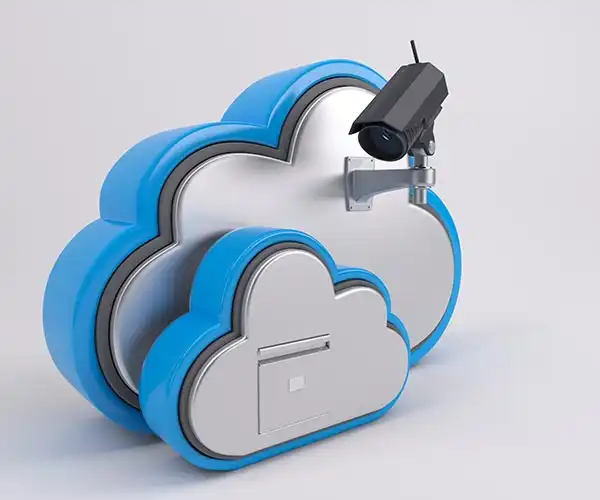
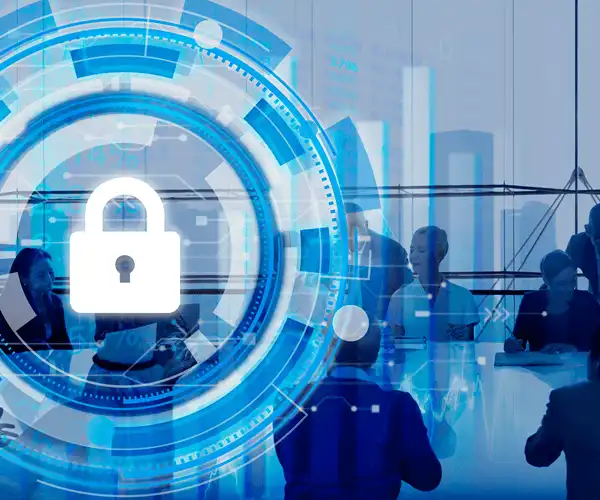
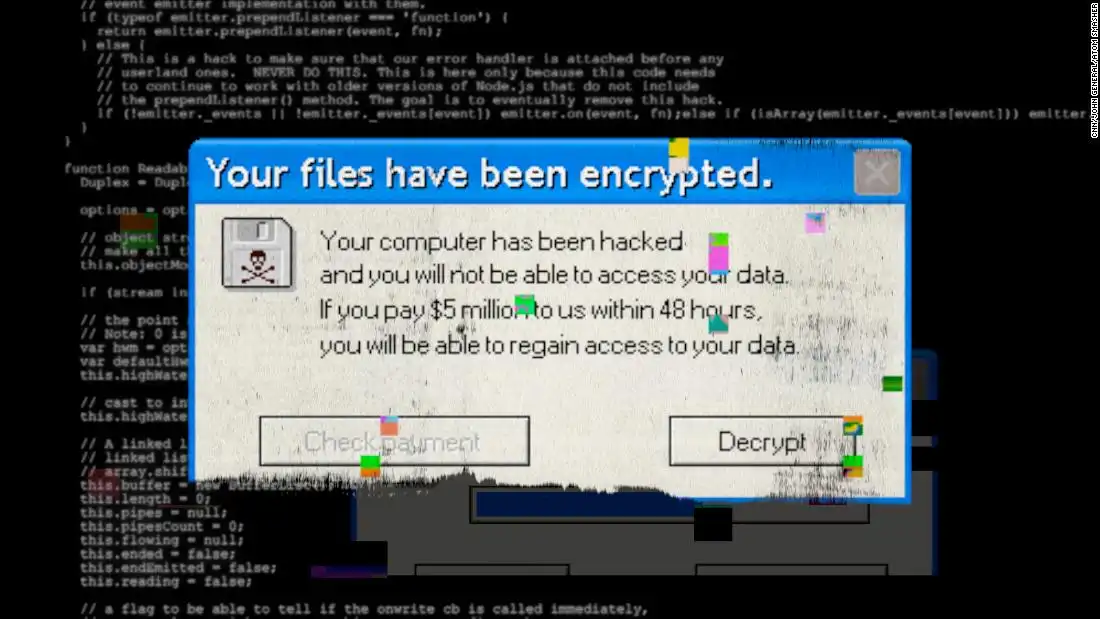
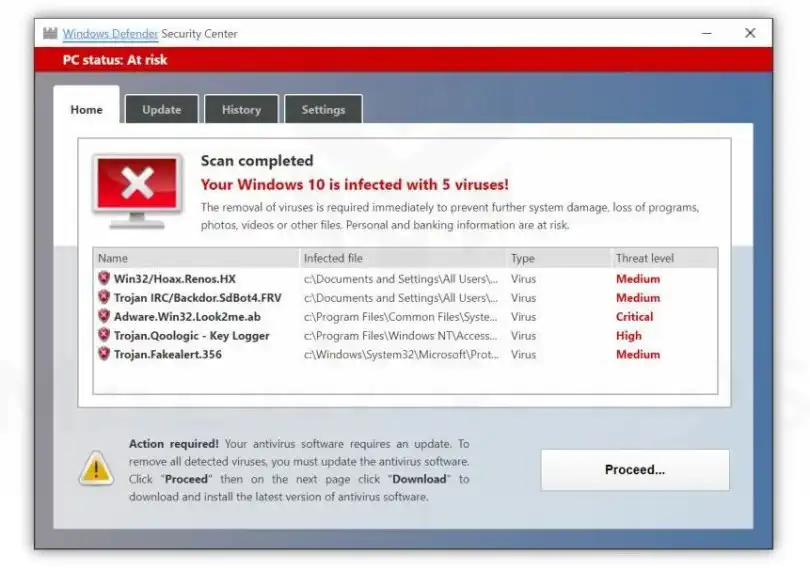
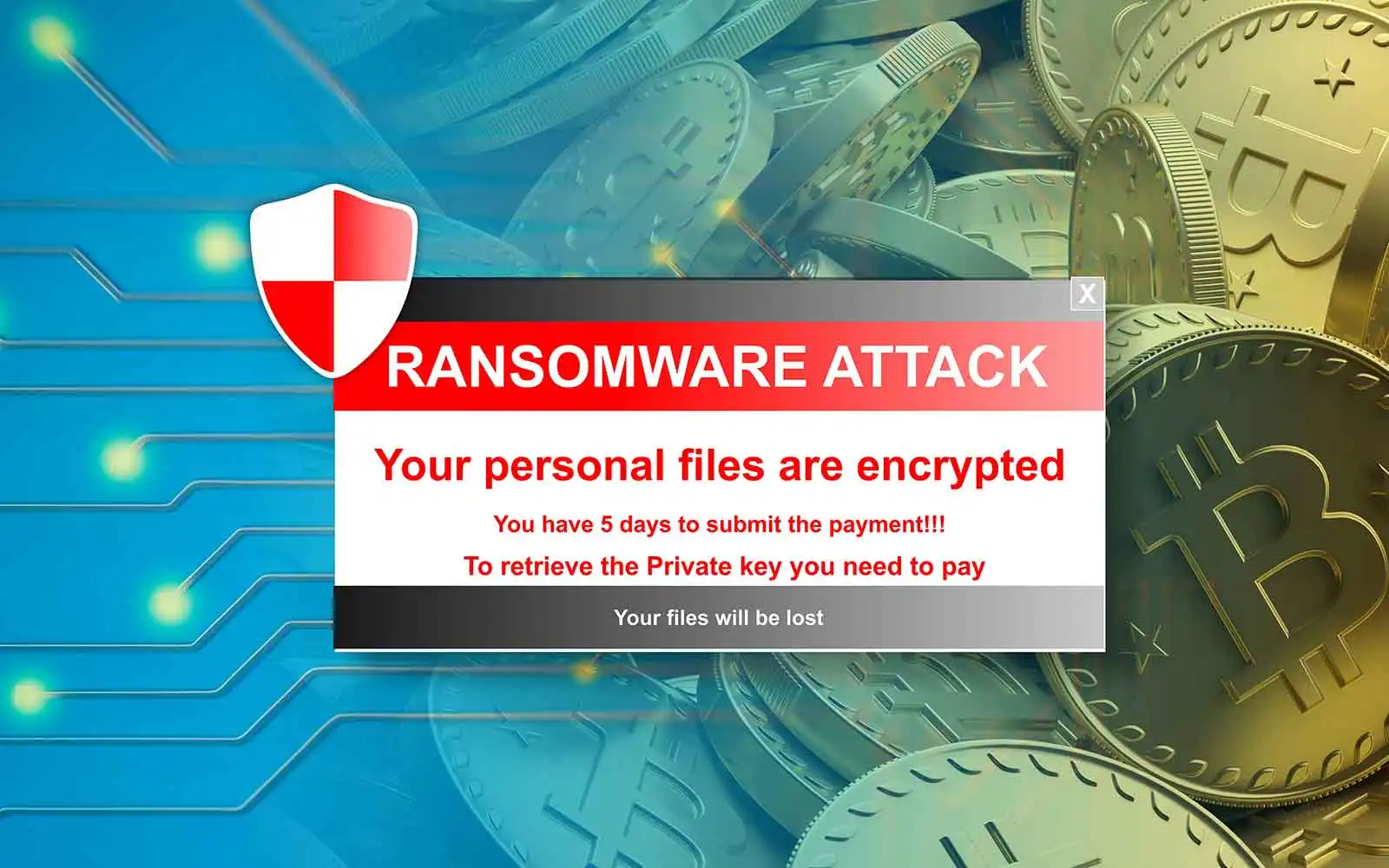
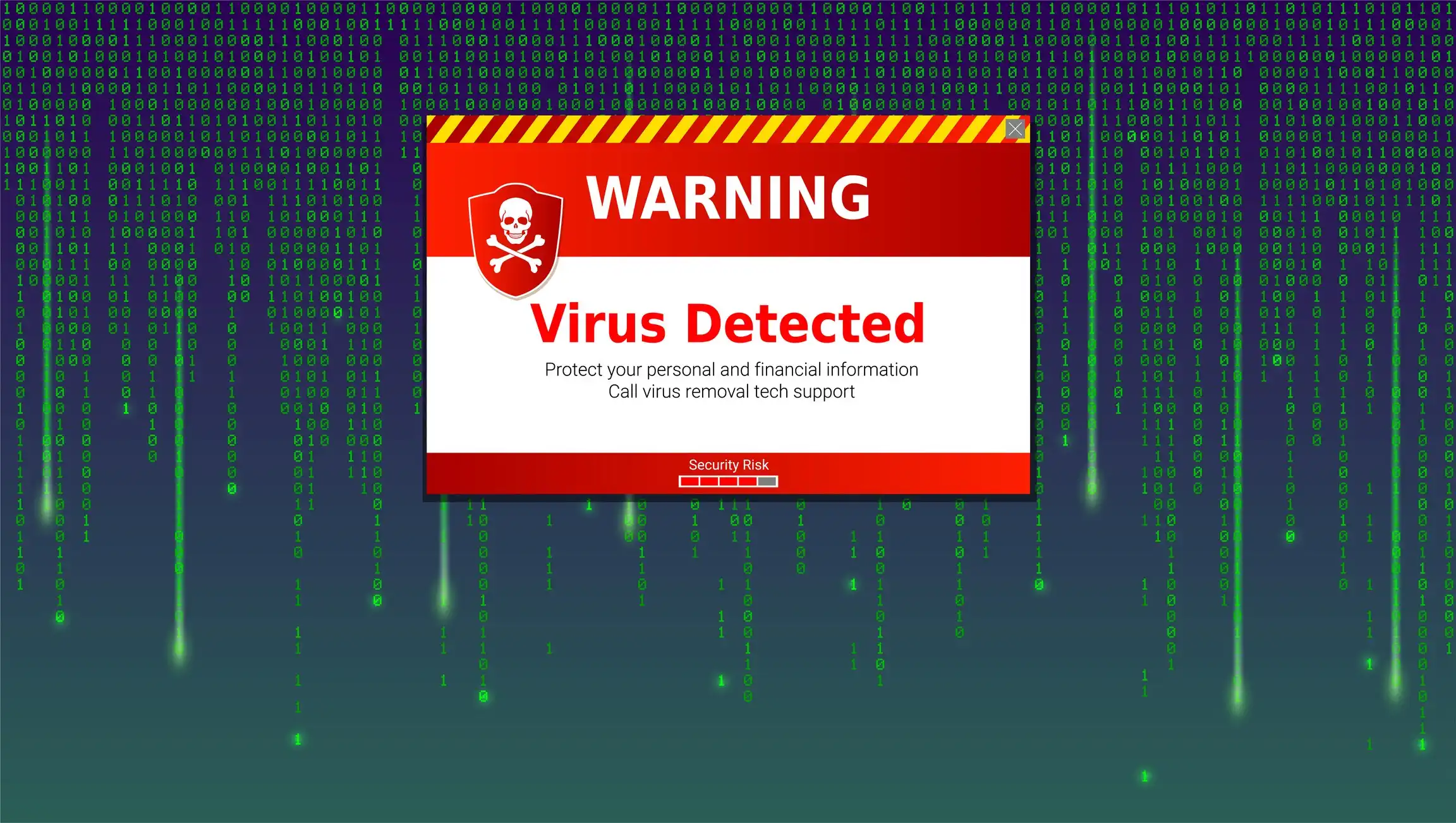
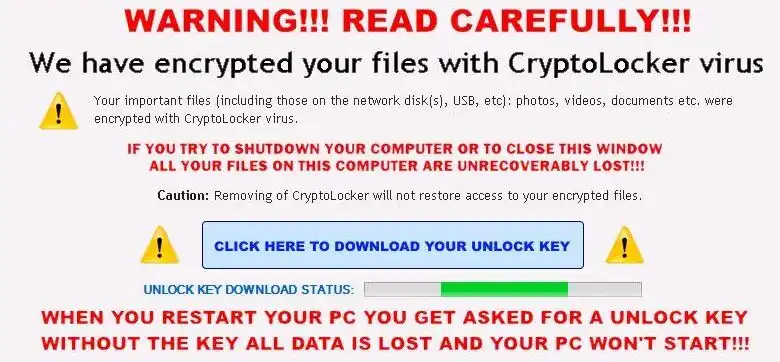
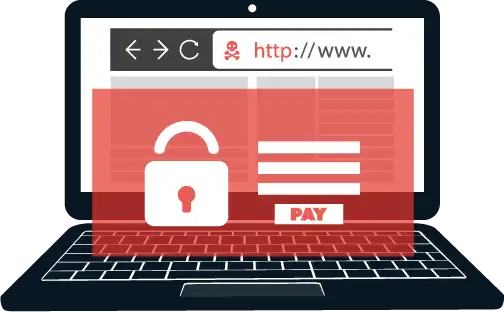
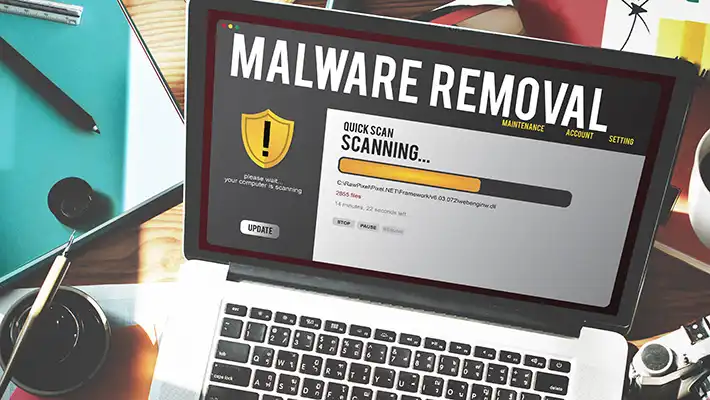
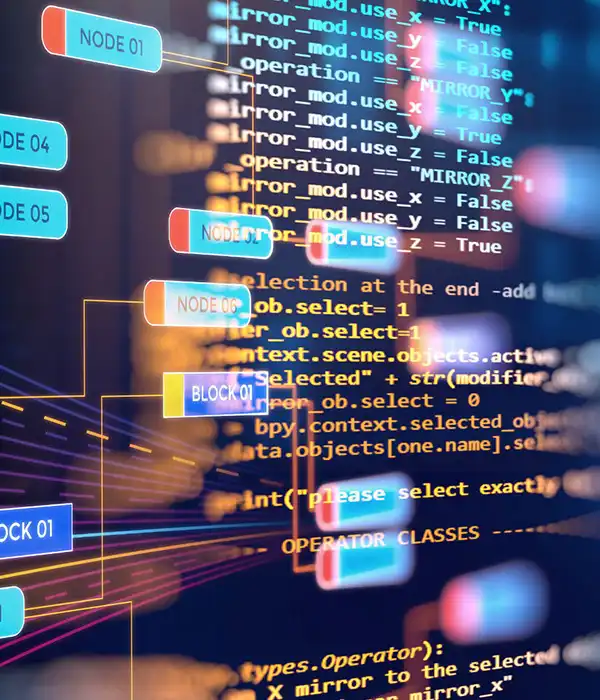
Monitor all devices and networks
Being able to see everything has its advantages. From spotting and identifying to maintaining and monitoring, Technogeek can ensure that devices and endpoints are proactively managed in one place.
↻ We have a robust set of device checks for all systems.
↻ Manage and support Windows, Mac, Linux, and Raspberry Pi user communities.
↻ Create custom scripts.
↻ Identify and manage new devices as they enter the network and stay on top of unauthorised access.
↻ Easily oversee customer BYOD programs
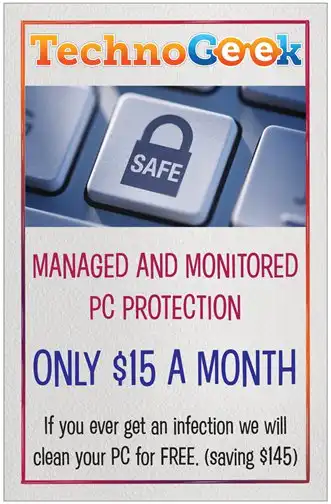
FIXED FEE WORKSHOP & REMOTE COMPUTER SERVICES
Office Address
1 Jezebel Place Kallangur
Office Hours
WEEKDAYS: 8am to 6:30pm
SAT: By Appointment Only
CLOSED SUNDAYS & PUBLIC HOLIDAYS
